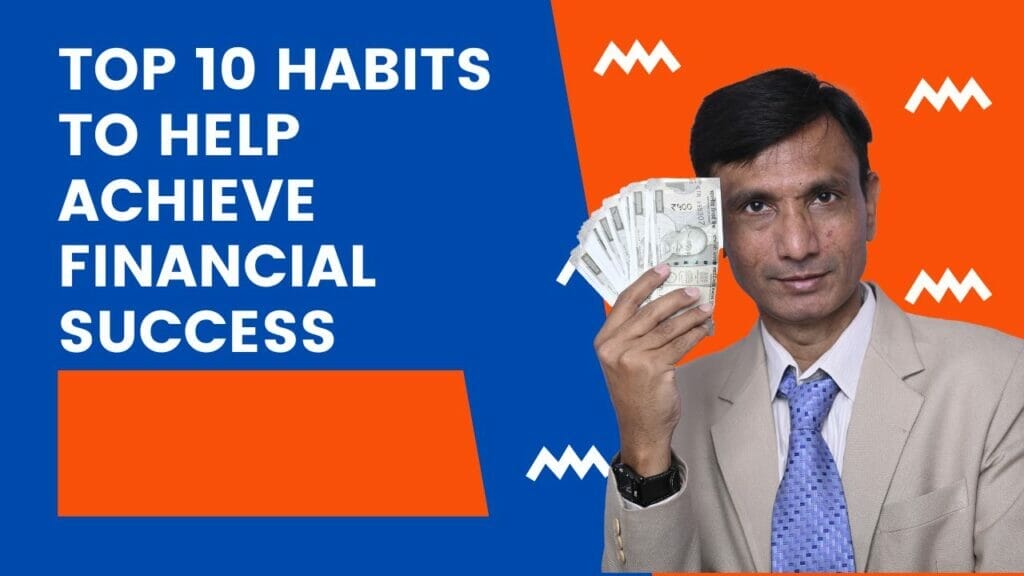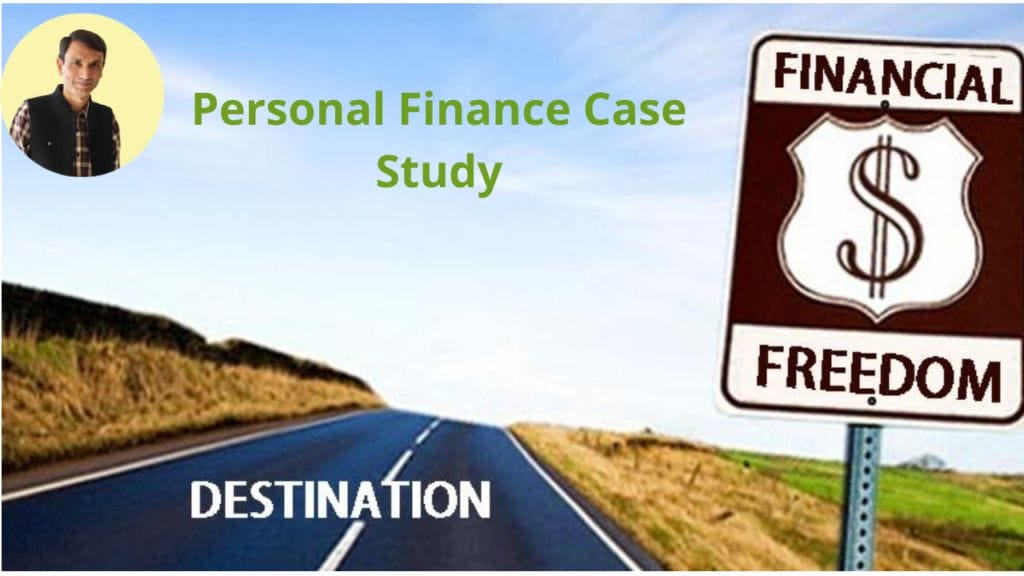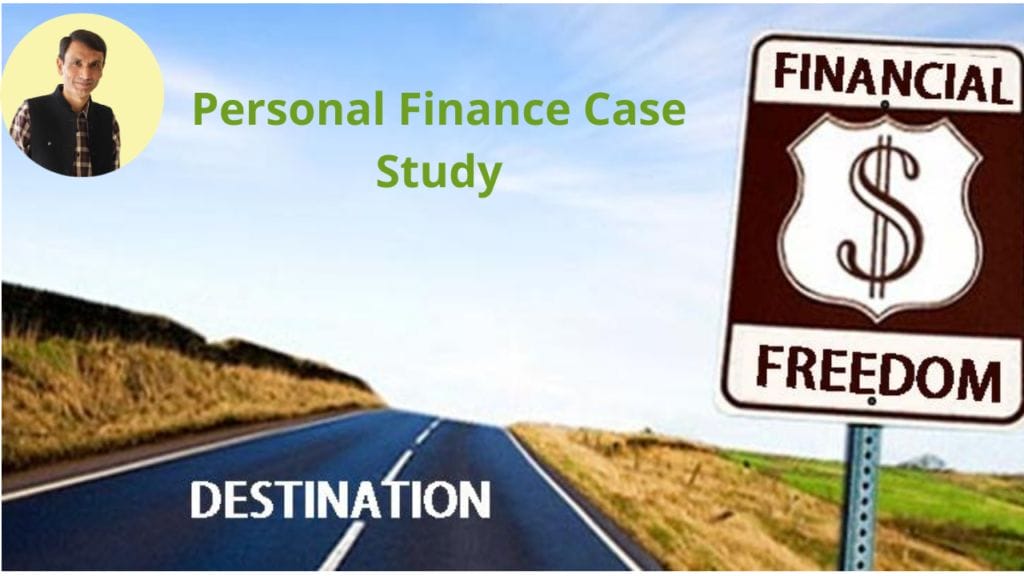How to teach your kids to manage money to unlock financial success
Empower your children with financial literacy. Explore effective strategies and practical tips to teach your kids about money management for future financial success.
How to teach your kids to manage money to unlock financial success Read More »










